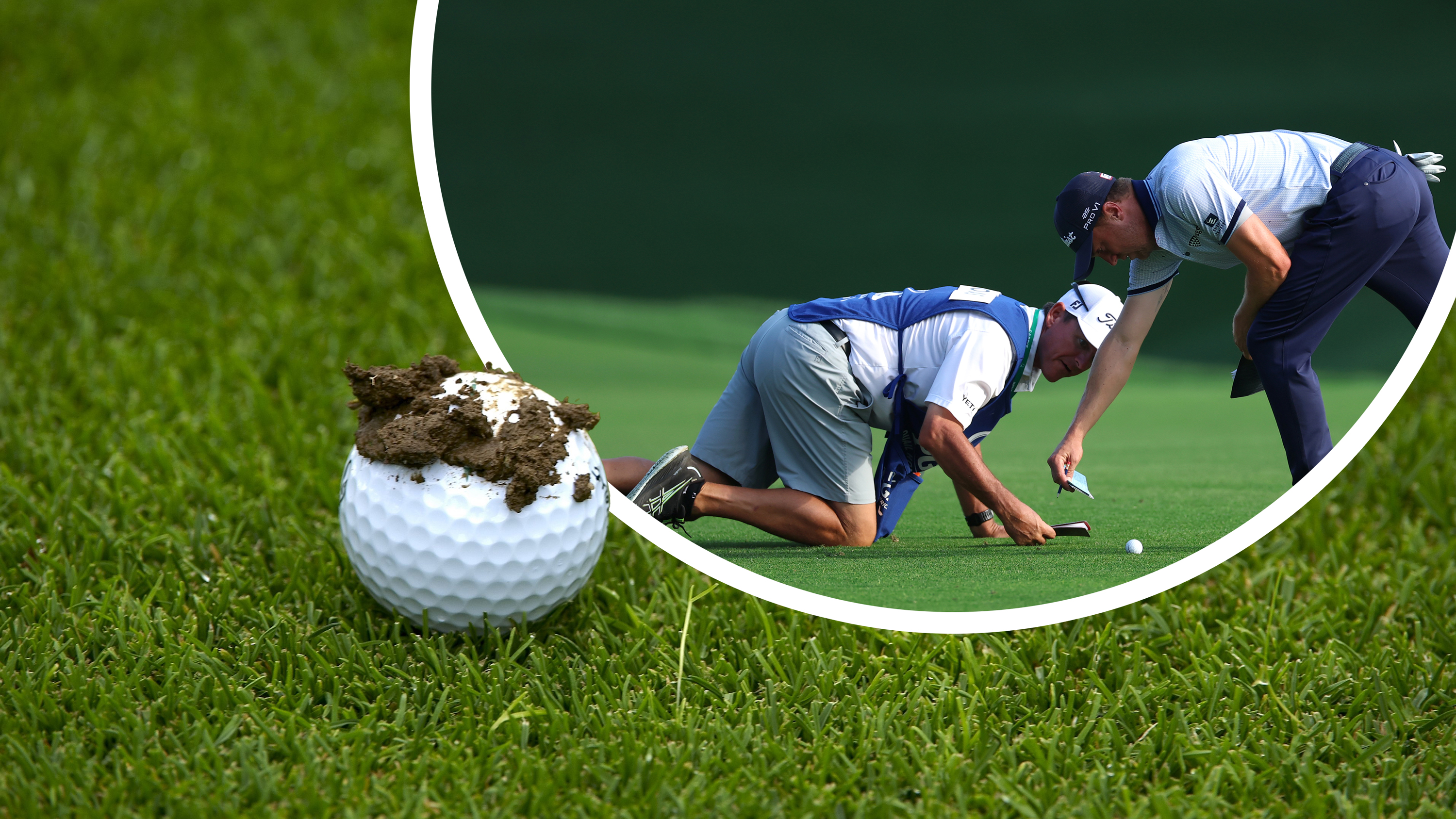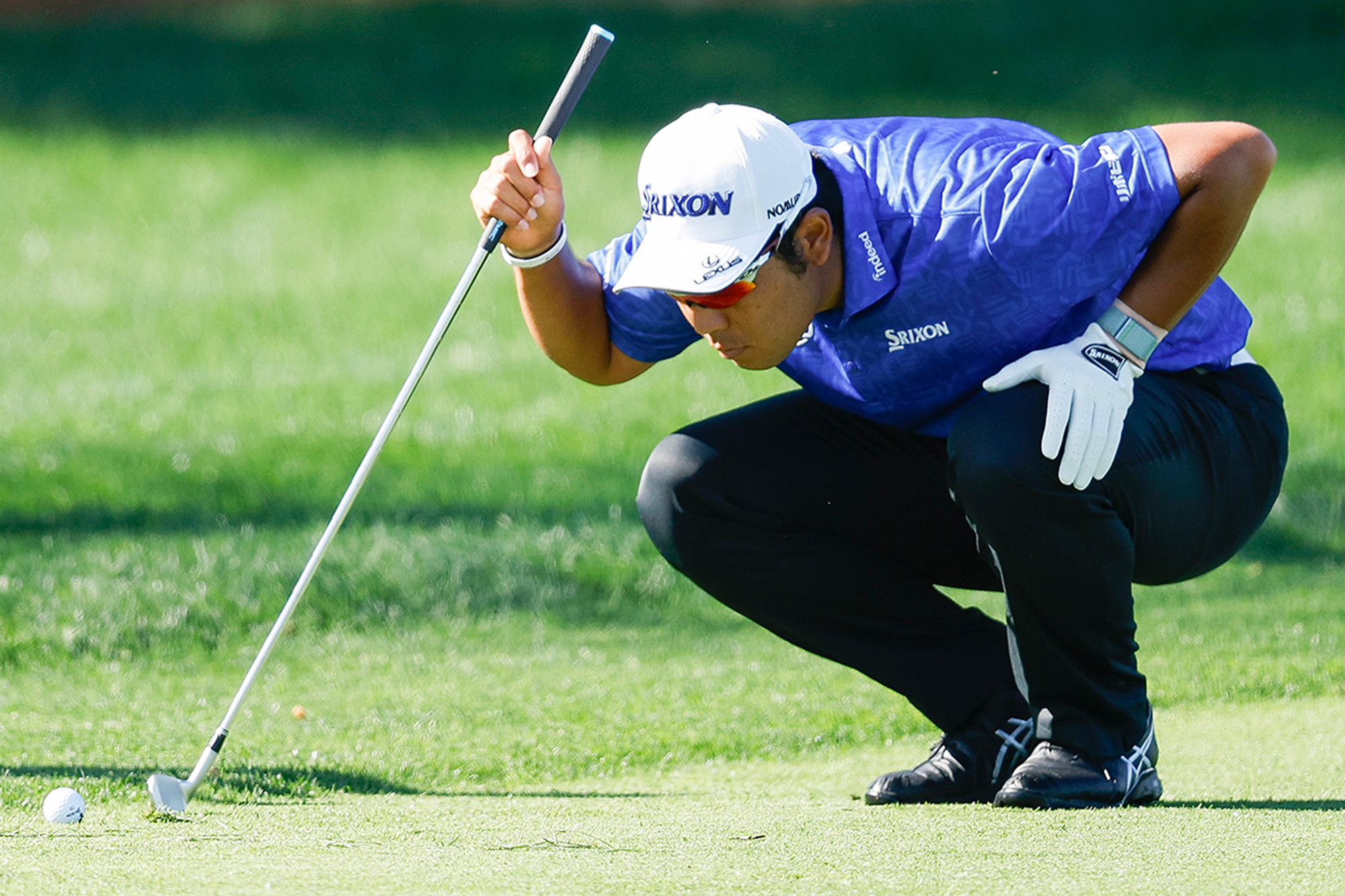
Mud balls have been a hot topic of conversation at the PGA Championship so far this week, with many of the world's top players sharing their frustrations.
In fact, Xander Schauffele and Scottie Scheffler both discussed controversial PGA Championship mud balls in the post-round interviews.
When hitting the fairway is it really fair that something as innocuous as mud on the ball could disadvantage a player? or does it simply come down to the fact that, like landing in a divot, golf is full of these types of breaks and you just have to roll with it?
Before we get ahead of ourselves, you might be thinking – what is a mud ball? Well, we explain all in this handy guide...
What Is A Mud Ball... And Why Do Golfers Hate Them?
Mud balls have existed since golfers first took to the fairways, when a mass of mud clings on to the golf ball like a jockey on a horse. This often occurs following a period of heavy or prolonged rain in the lead up to a tournament or round of golf.
But perhaps no duo has done more to publicise the mud ball’s undesirability than the now-defunct partnership of Tiger Woods and Steve Williams.
Many’s the time that Tiger Woods was heard to utter, “Goddamn mud ball, Stevie!” as his ball flew erratically offline, some way from its intended target.
Why Does A Mud Ball Present Such A Problem For Golfers?
Basically, when there’s mud on the ball it can have an effect on flight trajectory, shape and distance.
While it’s true that the ball will often move in the opposite direction to the side the mud is on, that’s not always the case.
And if the mud is on top, it may spin the ball too much and balloon up in the air, costing the player distance as well as accuracy.

Far From A Precise Science
But note the use of the word ‘may’ in that last sentence.
The problem with the mud ball is that it is unpredictable with a huge number of variables at play.
The resulting ball flight can depend on many things.
Where the mud is located; how much there is; whether or not it stays on the ball throughout its flight and more.

Any Rules Assistance?
So, do the rules of golf come to the rescue at all?
Well, no, not really unless a Local Rule permitting preferred lies is in force. Both the PGA Tour and DP World Tour sometimes use such a Local Rule in soggy conditions.
In the UK, we typically play preferred lies on the fairways through the winter months (as part of winter rules in golf). This allows us to lift, clean and place the ball within a specified distance – typically six inches or a club-length.
Generally, there will be no preferred lies in the rough.
But committees can, in exceptional circumstances, permit lift, clean and replace in the general area (i.e. the rough too) in areas of the course where it is needed.







